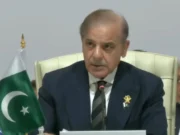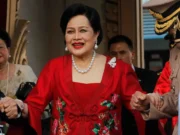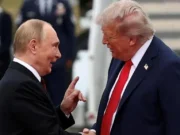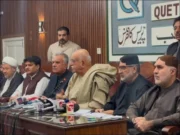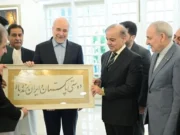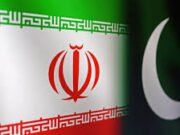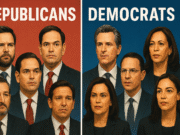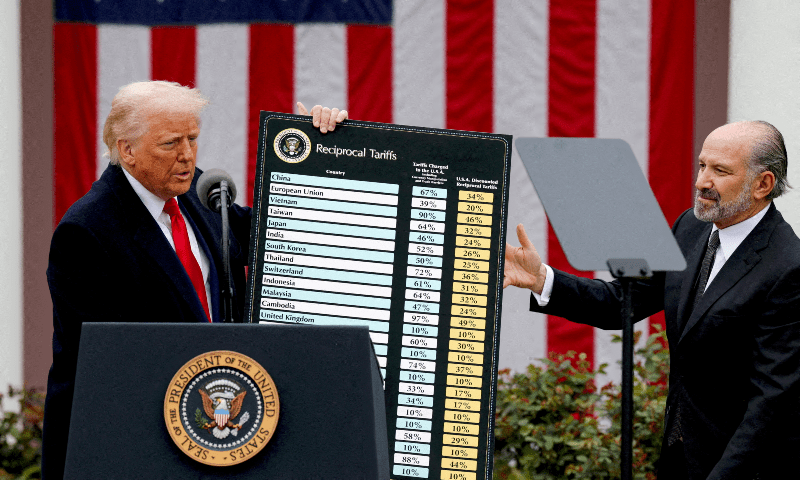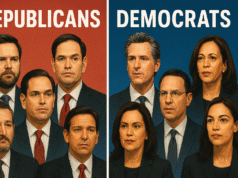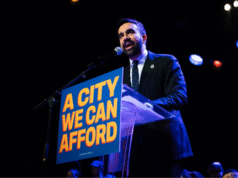The United States and China have agreed to extend their fragile tariff truce for another 90 days, staving off the re-imposition of punishing triple-digit duties on each other’s goods just hours before the existing agreement was set to expire.
US President Donald Trump announced late Monday on his Truth Social platform that he had signed an executive order delaying higher tariffs until 12:01 a.m. EST (0501 GMT) on November 10, keeping in place current reduced rates — 30% on Chinese goods entering the US, and 10% on US goods entering China.
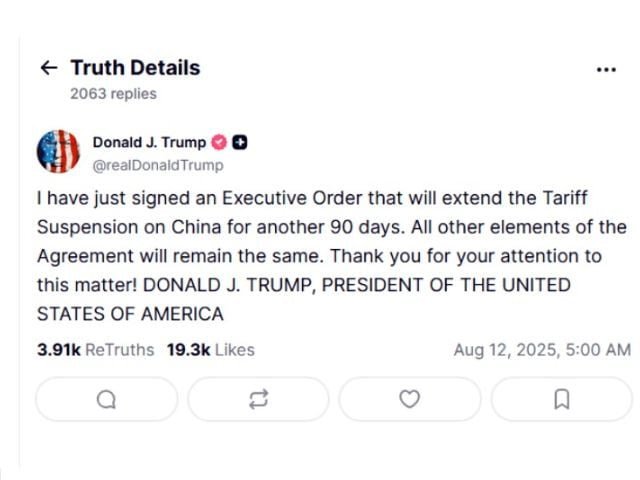
China’s Commerce Ministry issued a parallel announcement early Tuesday, confirming it would also suspend planned tariff hikes for the same period, and postpone adding certain US firms to trade and investment restriction lists.
The truce extension preserves breathing room for both economies and global supply chains, especially as US retailers ramp up inventories of electronics, apparel, and toys ahead of the end-of-year holiday season. Without it, US tariffs on Chinese goods would have jumped to 145%, while China’s duties on US imports would have risen to 125%, a level officials on both sides said would have effectively created a trade embargo.
Talks and Concessions
The extension follows months of tense, stop-and-go negotiations. The US and China first agreed in May to a temporary tariff rollback after talks in Geneva, cutting US rates from 145% to 30% and Chinese rates from 125% to 10%. Officials met again in Stockholm in July, where US negotiators recommended that Trump extend the deadline.
Trump’s executive order said the discussions aim to address “the lack of trade reciprocity in our economic relationship” and that China has taken “significant steps” toward remedying US concerns on economic and national security matters.
While the White House has pressed for larger agricultural purchases — Trump urged Beijing over the weekend to quadruple soybean orders — analysts doubt such a large commitment is feasible. Beijing, meanwhile, has signaled it will protect its leverage, including potential restrictions on rare earth exports.
Economic and Political Stakes
Both sides have reason to avoid escalation. US Treasury Secretary Scott Bessent has called the spring’s triple-digit tariffs “untenable,” while Chinese state media said the extension implements the consensus reached in a June 5 call between Trump and President Xi Jinping.
The move could pave the way for a Trump–Xi summit this fall if negotiations produce a framework agreement, according to Asia Society Policy Institute vice president Wendy Cutler. But she cautioned that reaching a deal will be “far from a walk in the park.”
US Commerce Department data show the trade deficit with China fell by about a third in June to $9.5 billion — its narrowest since February 2004 — marking a 70% year-on-year reduction after five straight months of declines.
In parallel with the China talks, Trump has maintained his 10% “reciprocal” tariff on most trading partners, recently raising rates for dozens of economies — 15% for the EU, Japan, and South Korea, and up to 41% for Syria. Certain goods, like steel, aluminum, and gold, are subject to separate rules.
For now, the tariff truce buys both Washington and Beijing valuable time — but with November 10 looming, the clock is already ticking toward the next potential flashpoint in the world’s most important trade relationship.


